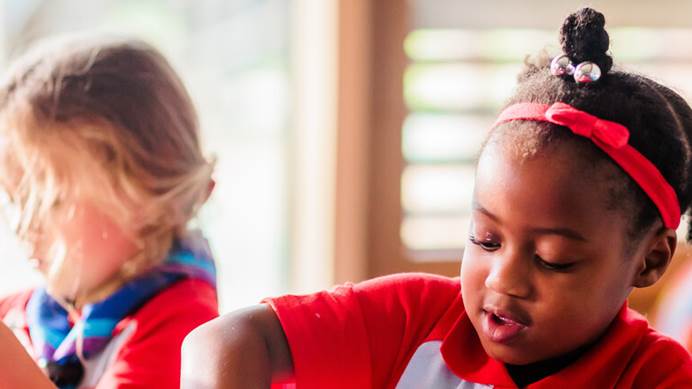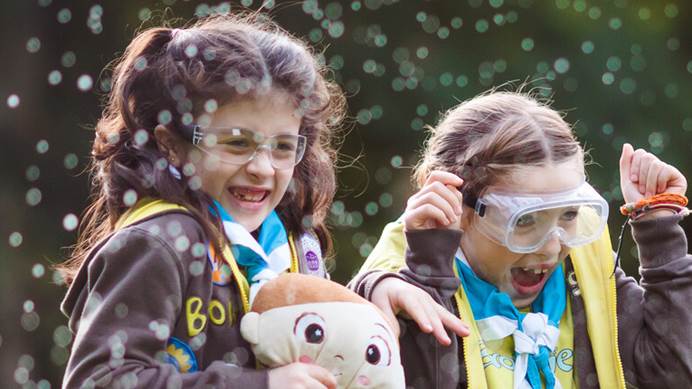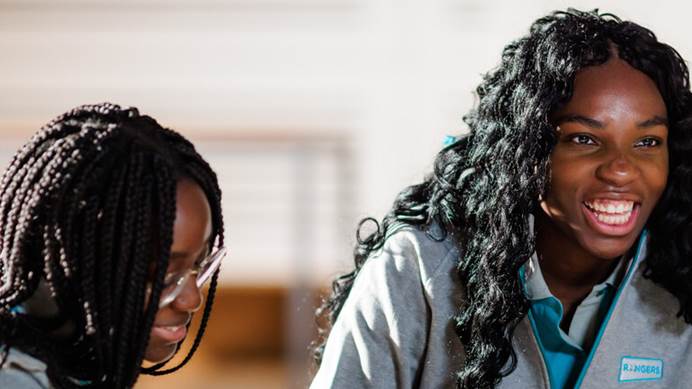Have you got what it takes to become an inventor?
We chatted to DePuy Synthes about the Brownies Inventing badge
Our partner DePuy Synthes, sponsor of the Brownies Inventing badge, know all about inventing.
We spoke to them to find out what things Brownies need to think of to complete the badge.
What problem do you want to solve?
The best inventions are things that are going to make someone’s life better or make doing something a bit easier. Think about an everyday thing that you use such as a TV remote control or a pen. Both of these are inventions. Before TV remote controls, people had to physically walk to the TV and change the channel by hand! Imagine that?
Your invention can be something either completely wacky or practical. It’s up to you. Maybe you want to invent something that helps the environment, for example, a robot that picks up litter or something that scoops up plastic from the sea. The only limitation is your imagination.
Who is going to use your invention?
Think about who will be using your invention – how are they going to use it? Let’s go back to the TV remote control – it was designed to make things easier for everyone watching TV, including people who can’t walk very far. To turn the TV on, they have to press the ‘on’ button, they can also change channels and also change the volume. How will people use your invention and why? For our robot that picks up litter, it may be that it moves to where the litter is, it has an arm that extends to the floor, it grabs the litter, and then the arm retracts and drops the litter in the bin. What will yours do?
What’s it going to look like?
Now you know what you’re inventing and who is going to use it and how, what is it going to look like? If you’re designing a robot, what shape is it going to be, what colour, what special things does it have? You can draw it and make it as colourful as you’d like. Don’t forget to name the parts and what they do.
Perhaps you’d like to build a model of your invention so that people can see a 3D version. You can use recycling materials, card, craft items etc.
So now your invention has been brought to life, how can you make it better?
Think about what tests you need to carry out to make sure it works? These are called experiments. For a robot, how are you going to make sure it can pick up litter? Have a go at making an arm to pick up a piece of screwed up paper. If it doesn’t pick up the paper, how can you change it so it can?
Inventions take time
Don’t worry if your invention doesn’t work straight away. Lots of great ideas take time! Nancy Johnson, the inventor of the first ice cream machine, made lots of prototype machines before she built the one that worked best. Her original idea is still the basis of ice cream machines you see today – others have continued to improve it along the way. You could also speak to your friends and family and work together to come up with more ideas and improvements. Remember inventions rarely happen working in isolation.



